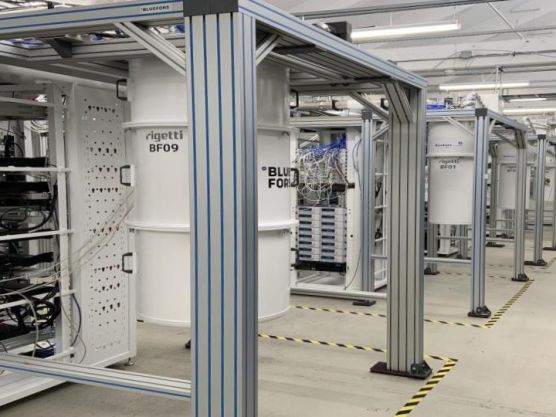Optimization via Quantum Preconditioning
State-of-the-art classical optimization solvers set a high bar for quantum computers to deliver utility in this domain. Here, we introduce a quantum preconditioning approach based on the quantum approximate optimization algorithm. It transforms the input problem into a more suitable form for a solver with the level of preconditioning determined by the depth of the quantum circuit. We demonstrate that best-in-class classical heuristics such as simulated annealing and the Burer-Monteiro algorithm can converge more rapidly when given quantum preconditioned input for various problems, including Sherrington-Kirkpatrick spin glasses, random 3-regular graph maximum-cut problems, and a real-world grid energy problem.
Learn More